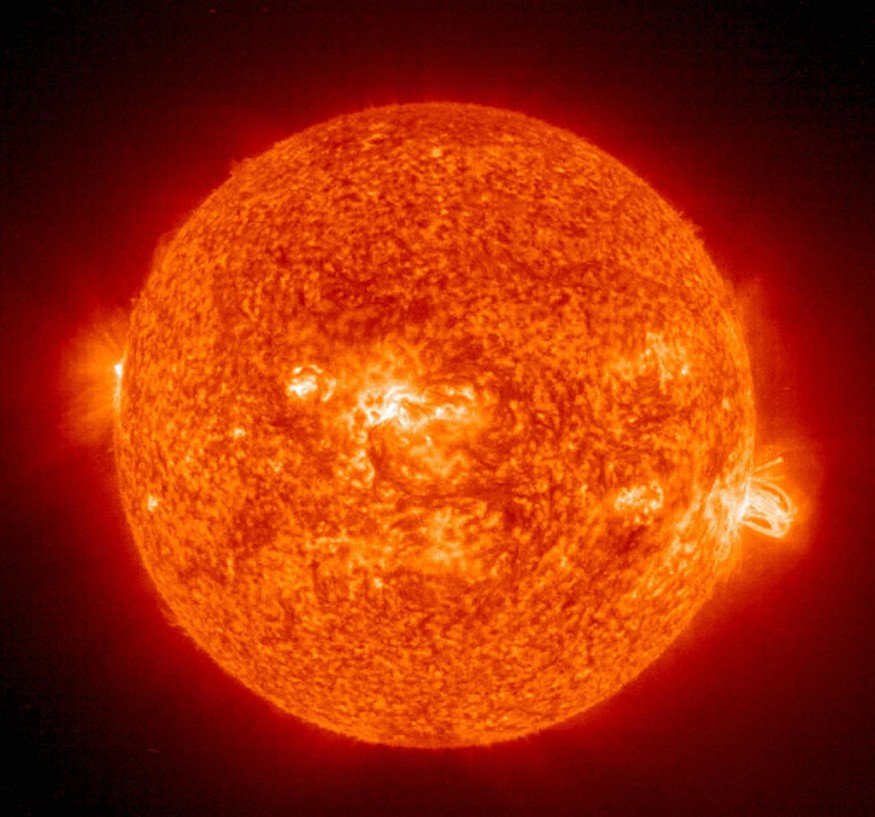Internet apocalypse due to a powerful solar storm has been a topic of multiple fictional materials.
However, there is growing evidence in recent years that space weather has the capability of knocking out Earth's world wide web and the infrastructure that supports it.
Currently, scientists are aware that magnetic storms from the Sun can disrupt satellites orbiting our planet, as well as cause power outages.
Internet Apocalypse

Live Science recently published an article and mentioned the 2019 novella of Becky Chambers entitled "To Be Taught, If Fortunate" which depicts a massive solar storm wiping out Earth's internet.
The fictional narrative finds itself telling the story of a group of astronauts who were left stranded in space with no way to contact home.
Matthew Owens, a solar physicist at the University of Reading in the UK, told Live Science that it would require some huge event in order for an internet apocalypse to take place.
Owens added that knocking out power grids is more likely, which already occurred already on a small scale.
If it does occur, a series of electrical and communication disruption could transpire, in addition to the theoretical doomsday scenario.
What are Solar Storms?
Solar storms or space weather occur when our Solar System's Sun release an intense burst of electromagnetic radiation.
The most known types of solar storms are solar flares, solar winds, and coronal mass ejections (CMEs).
In addition, some of the space weather hazards from these solar events are geomagnetic storms, solar radiation storms, and radio blackouts.
Solar radiation storms happen when a large-scale magnetic eruption, which often causes CME and solar flare, accelerates charged particles in the solar atmosphere to immensely high velocities, according to the Space Weather Prediction Center (SWPC).
Solar Cycle 25
This emission happens in relation to our star's solar activity, which undergoes a phase of solar minimum and solar maximum depending on the phase of its current 11-year solar cycle.
In our case, the Sun is now on its Solar Cycle 25, which started in December 2019.
An international team of experts put together by the National Aeronautics and Space Administration (NASA) and the National Oceanic and Atmospheric Administration (NOAA) previously predicted that the peak of the current cycle will be in 2025.
During this period, the frequency and intensity of solar storms are expected to increase.
Most Powerful Solar Storm
The Carrington Event is considered to be the most intense geomagnetic storm in the recorded history of humanity.
It reportedly caused widespread damage to the technology that we have at that time in 1859, particularly causing sparks and fires in multiple telegraph stations.
Now, while internet and the world wide web is still absent at that time, various theories have emerged as to how the most powerful solar storm could knock out the internet.
In March 2022, an article from The Conversation cited by Astronomy.com shows that a unprecedented, catastrophic magnetic storm could destroy the internet by causing electrical failures and breaking a number of communication infrastructure connections.
In addition to disruption to satellite-dependent internet, telephones, radios, and televisions, internet service provides could also plummet due to the inability of various systems to communicate with each other.
© 2025 NatureWorldNews.com All rights reserved. Do not reproduce without permission.





